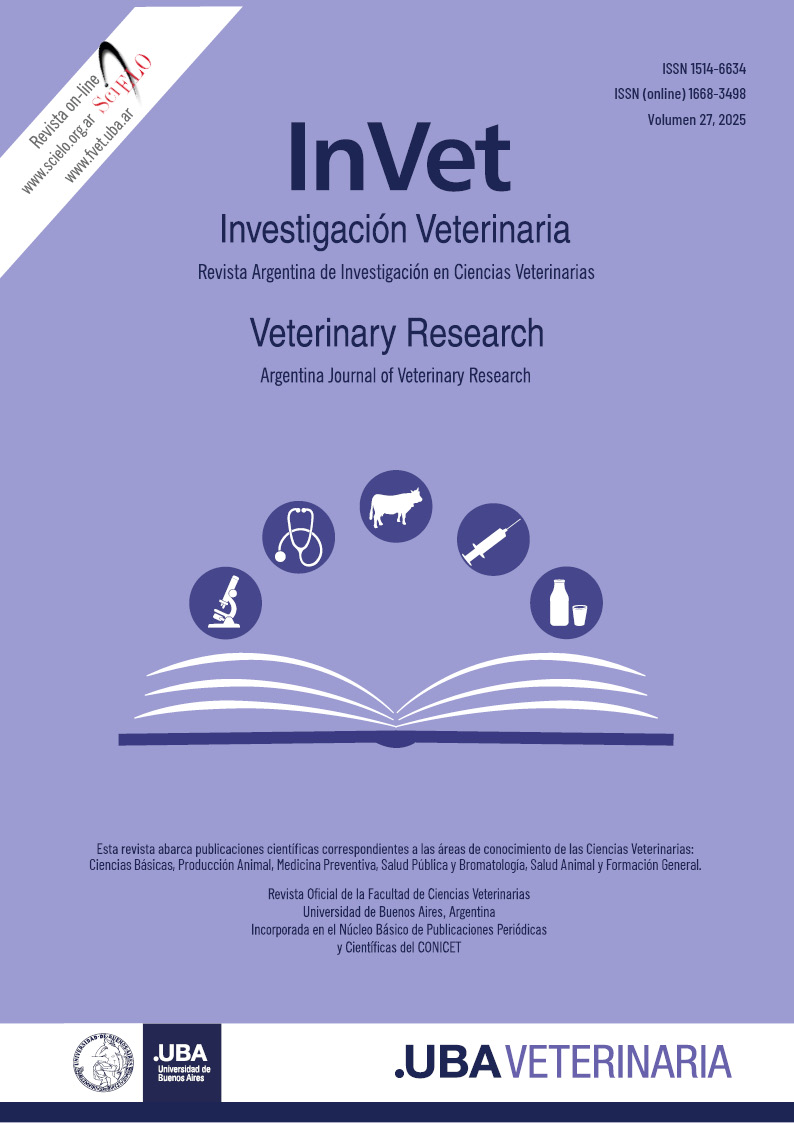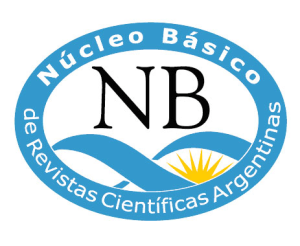Residues of organic contaminants in honey from four villages in Buenos Aires province
DOI:
https://doi.org/10.62168/invet.v27i1.57Keywords:
honey, pesticides, Buenos Aires, pollutionAbstract
The province of Buenos Aires is the leading honey producer in Argentina. The quality of the honey is a critical factor in its commercialization, particularly for export; therefore, the potential contamination by pesticides is a significant concern in honey production. In this context, a survey of honey samples from this province was conducted, identifying the presence of 36 pesticide residues and/or their metabolites. The objective of this study was to analyze the presence of organic xenobiotics in honey and to compare the results based on the predominant anthropogenic activities in each surveyed area. The results for all pesticide residues and their metabolites were found to be below the detection limit (LOD) of the corresponding analytical method, ensuring the purity of the honey in relation to these organic contaminants.
Downloads
Downloads
Published
Issue
Section
License
Copyright (c) 2025 Natalia Yoshida, Diego Grassi, Gustavo Thompson, Carlos Ojeda, Alejo Perez Carrera

This work is licensed under a Creative Commons Attribution-NonCommercial-NoDerivatives 4.0 International License.













